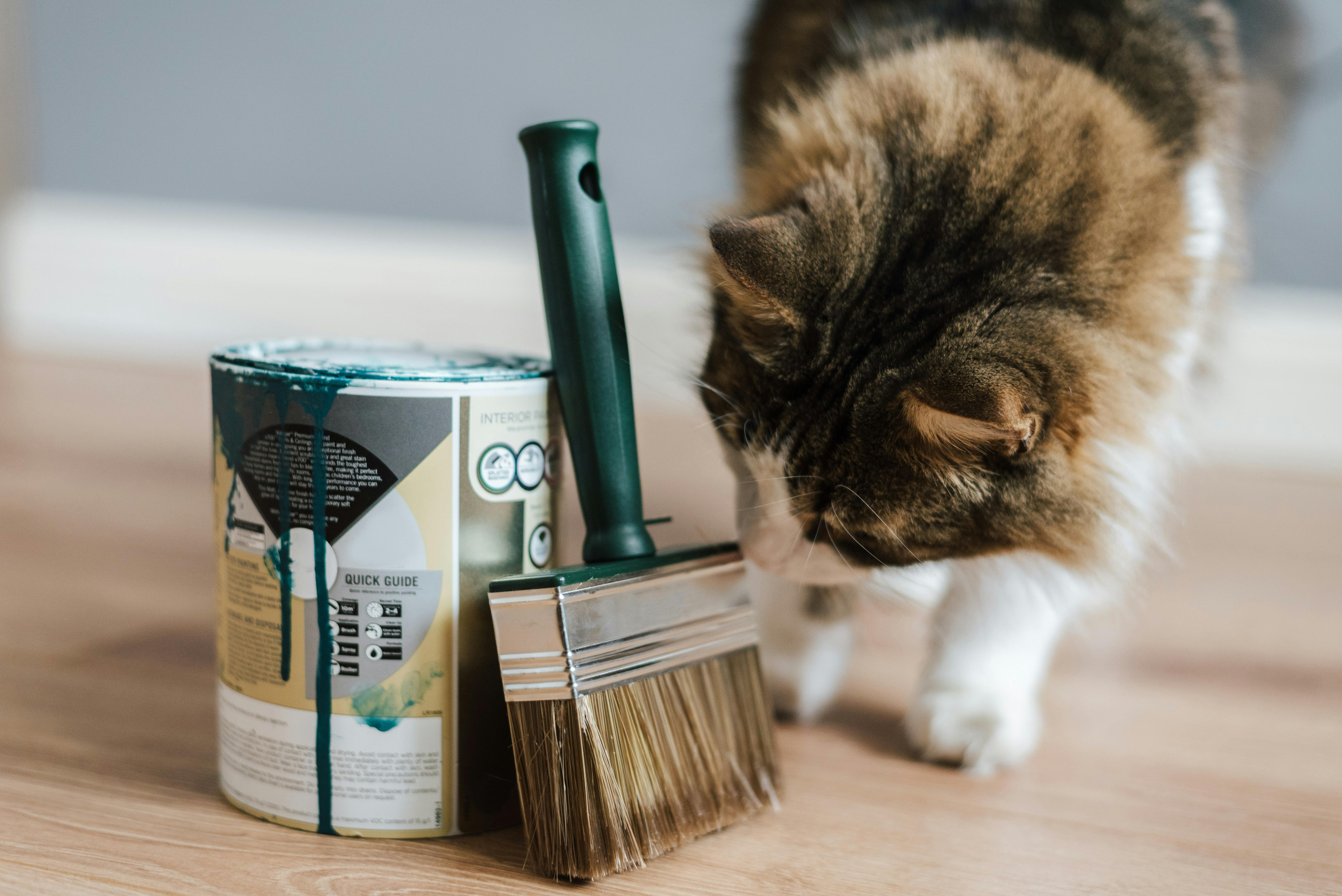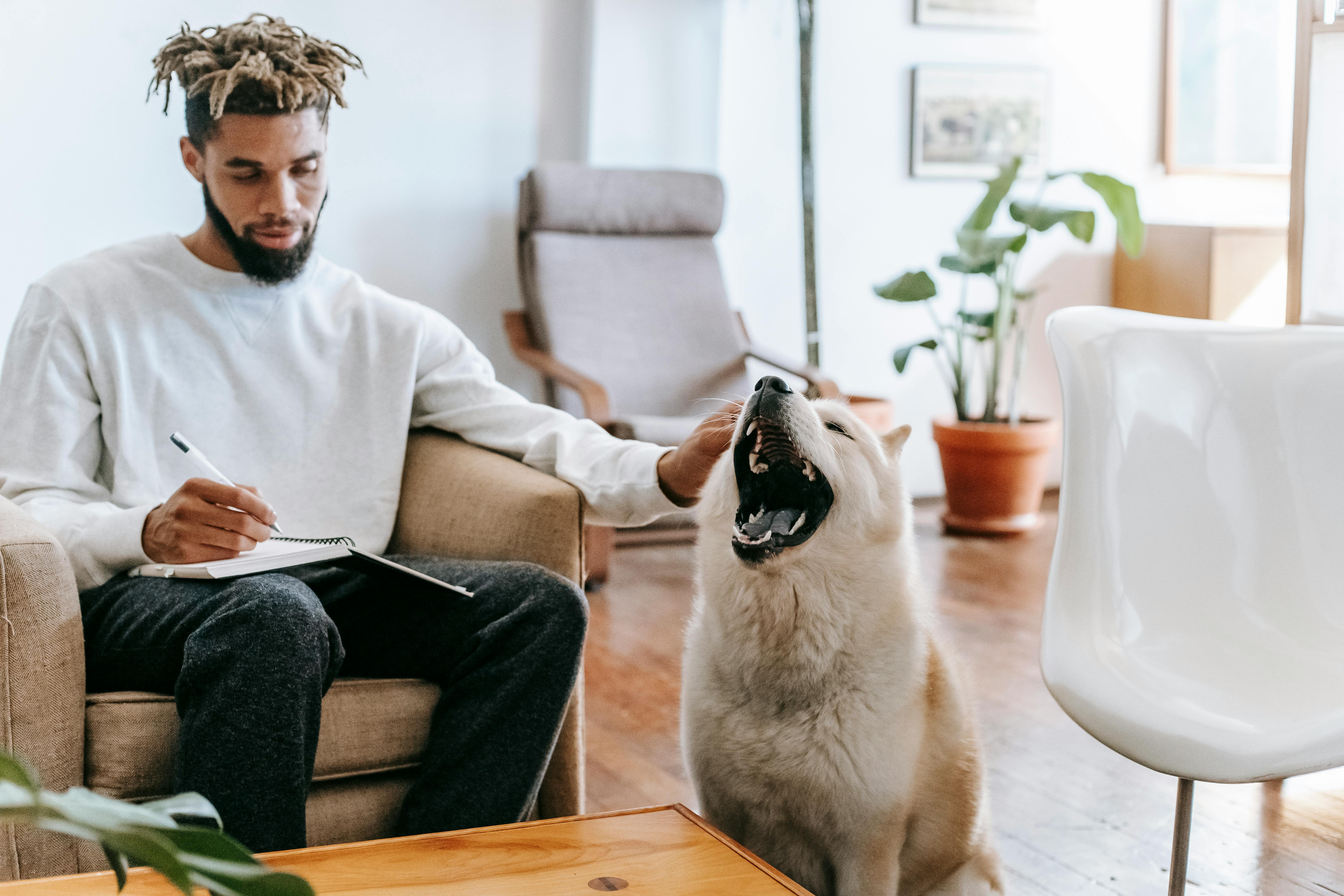This is the second article in the series “The Impact of Technology on Child Development.” If you missed the first article, it covered the hidden dangers of blue light and digital devices on children’s eyes.
My friend’s three and a half year old was showing signs of delayed speech development. As parents, they did what any concerned parent would do and took him to his pediatrician.
Let me back up and give you details about what they are experiencing.
They have a three and a half year old who is a classic ‘textbook sensory seeker’; he just can’t get enough of anything and is extremely behind in his speaking and socializing skills.
He handles a tablet and cell phone extremely well as do many of his peers.
Initially, I thought it was amazing to see him wrap his little fingers around the family’s iPad or his mom’s cell phone, swiping the icons to get to a particularly entertaining video or “educational” game.
Hit “play” and she squeals in delight and pure delight. After watching the video once or playing a few rounds, he returns to the main screen to open another app where he watches an episode of a colorful animated cartoon. Halfway through, it cuts to another game, involving animated fruits making their way into a character’s belly.
When they try to take the iPad away from them, they throw a huge tantrum that threatens to go nuclear; lip quivering, tears, feet kicking the ground, hands balled into fists, and a high-pitched yelling session.
He seems to prefer the iPad or smartphone to everything else.
There are times when they are the only things that will keep you quiet.
He has what on the surface appear to be symptoms of autism, but the autism specialist he was taken to is reluctant to have him fully evaluated until he is 4 years old. He could already tell that his child is not an exact match for autism, and they believe they will be correctly diagnosed if they wait.
Based on her reading, her parents believe she may be diagnosed with Sensory Processing Disorder (SPD), which affects one in twenty people in the general population and tends to run in families.
The origin of sensory processing disorder is unknown. Research and preliminary studies suggest that SPD is frequently inherited.
No one in either family has SPD and other than very few symptoms does not fit the symptom profile.
Another thought they have is that he has pervasive developmental disorder, unspecified (PDD-NOS); Symptoms of PPD-NOS include:
• Inappropriate social behavior
• Uneven development of skills (motor, sensory, visuospatial-organizational, cognitive, social, academic, behavioral)
• Speech and language comprehension skills that are underdeveloped
• Difficulty with transitions
• Non-verbal and/or verbal communication deficit
• Sensitivity to taste, sight, hearing, smell, and/or touch increases or decreases
• Persevering (repetitive or ritual) behaviors (ie, repeatedly opening and closing doors or turning a light on and off).
He is extremely physically active (especially with his constant physical activity, running and jumping), does not follow directions well, which I attribute to a lack of discipline, but is affectionate with his family and relatives and makes good eye contact.
He has a large appetite and eats just about anything that comes his way, he does well in crowds and generally with others as long as he doesn’t have to have direct interaction, as his verbal and social skills, for example, manners and the like, are underdeveloped. . His fine motor skills are fine, not great. He can’t hold a pencil and is wielding it like a two year old with a pencil.
His verbal skills and social skills are underdeveloped.
He understands much more than he lets on. He doesn’t imitate sounds or vocabulary much, if at all.
His parents know that he is cognitively retarded, but it’s hard to tell how retarded, because of the kind of kid he is and his lack of discipline which, in my opinion, his parents haven’t invested time in developing.
The only word he uses consistently and appropriately is “pop,” eagerly pointing to his grandfather whenever he can. He frequently babbles, which is infant language consisting of words but not full conversational sentences. Therefore, his vocabulary is limited and seems to be what he hears in video games and on YouTube. He doesn’t seem to have the concept of putting a word with a picture other than what he sees in videos or ‘educational games’.
From everything you’ve read about sensory seekers, extreme speech delay doesn’t seem to be especially common.
Your son was recently evaluated by an occupational therapist and a speech therapist.
Over the course of the assessments, they were asked how much screen time they get each day. They estimate that he averages 45 to 60 minutes per day; From what I have observed, I think it is higher and closer to 90 minutes spread throughout the day.
A tablet/iPad/Android or smartphone has replaced a babysitter and one-on-one interaction. We all lead busy lives and the few minutes of rest it allows seemed harmless, or so they thought.
The speech therapist pointed them to data from a recent Journal of Pediatrics study “Portable Screen Time Linked to Speech Delays in Young Children.” The study “suggests that the more time children under the age of 2 spend playing with smartphones, tablets, and other portable displays, the more likely they are to start talking later.”
“According to the study, 20% of children under the age of two spend about 30 minutes a day using screens, which increases the risk of speech delay by almost 50%.”
This study was completed at the Hospital for Sick Children in Canada by pediatricians who examined screen time and its effects on 900 children between the ages of 6 months and two years.
The study results showed that there is a 49% increase in the likelihood of speech delay for every additional 30 minutes spent using a touch screen, whether it be a tablet, iPad, iPhone or Android device.
Think about this for a few moments:
• 10% of US children under the age of 2 used tablets or smartphones in 2011, the first anniversary of the introduction of the iPad.
• By 2013, 40% of children under the age of 2 had access to a tablet or smartphone.
• By 2015, 58% of children under the age of two had used a tablet or mobile phone.
According to a Nielsen study, more than 70 percent of children under the age of 12 use tablets and iPads. A recent study in the Journal of Pediatrics showed that:
• 20% of 1-year-olds have a tablet.
• 28% of 2-year-olds could navigate a mobile device without help.
• 28% of parents said they use a mobile device to put their children to sleep.
The rate of adoption of tablets, iPads and smartphones by children under the age of 3 has increased more than 5-fold in 4 years with an unknown impact on their cognitive development.
There is little scientific data on the consequences of long-term use of tablets, iPads and smartphones; although studies are underway.
Optometrists are seeing a sharp increase in young children with nearsightedness (nearsightedness). The World Health Organization has documented that myopia is growing at an alarming rate worldwide and screen use is a well-accepted contributing factor as a result of the early introduction of wearable devices to children.
Interactive displays like iPads, tablets, and smartphones have been known to disrupt sleep. The blue light emitted by super-sharp displays prevents the release of melatonin, an important sleep hormone, which interferes with natural bodily rhythms, leading to disturbed sleep in both adults and children due to their use.
Blue light is harmful because it is the highest energy wavelength of visible light. This energy is also able to penetrate to the back of the eye, through the natural filters of the eyes, and that is the problem. Long-term exposure causes damage to the retina.
Currently, there is extensive and in-depth research on television exposure and children, but little long-term, in-depth research on the impact of interactive displays on Android smartphones, iPads, and tablets. Studies are currently underway; however, the jury is still out.
Pediatricians and child development experts agree that while passive screen time in front of a TV, iPad or tablet during a 30-minute session of video or ‘educational’ games can be entertaining, it will not provide a enriching learning experience or developing gross or fine motor skills. And there are developmental and cognitive risks.
Research has confirmed that having a video or TV running in the background negatively affects their development when a child is engaged in play and learning. This is a distraction from the task at hand and reduces your concentration.
Studies have confirmed that hours of television in the background decreases parent-child interaction, which delays a child’s language development.
This is a big concern: if kids are stuck with screen-based babysitters like tablets, iPads, and smartphones, they’re not interacting with their parents and siblings or the real world.
There are only so many hours in a day, and screen time comes at a high price, taking time away from better activities that build fine and gross motor skills, expand their knowledge and skill sets, develop social skills and expand verbal language. skills.
Children under the age of three need a well-balanced group of activities, ranging from instructional play (math worksheets/games, coloring pages, puzzles and games, arts and crafts), time to explore nature, manipulative and play with physical toys and socialize with other siblings and peers along with adults.
In 2016, the American Academy of Pediatrics (AAP) issued guidelines on screen time. Prior to this update, the AAP had set the general screen time limit to a maximum of two hours per day of television viewing for children ages 2 and older.
The revised AAP guidelines recommend:
• One hour per day for children from 2 to 5 years old.
• Parents must monitor and set restrictions for children 6 years and older.
• Children under 18 months of age must not have allowed screen time and must not be exposed to any digital media.
o The baby’s brain, eyes and speech are going through a phase of rapid growth and development that makes them more vulnerable to screens.
Any period of time spent using tablets, iPads, or smartphones for entertainment purposes is what the AAP defines as screen time.
As parents, we must remember that we are the main role models of our children, therefore, the habits that we have are directly and indirectly instilled in them.
We need to be very aware of our own behaviors and this means turning off our smartphones, putting down the tablet or iPad along with the TV and laptop and being here and now with our children.
Kids can tell when our heads are still on the email we just read on our phone. Not paying attention to them often makes their behavior worse.
As parents we need to set up media free time every day and spend this time with our attention 100% focused on and engaging with our children. Smartphones, iPads, tablets, or Android phones are off limits at the dinner table. This is family time. The same applies to all bedrooms. Bedrooms are made for sleeping.









